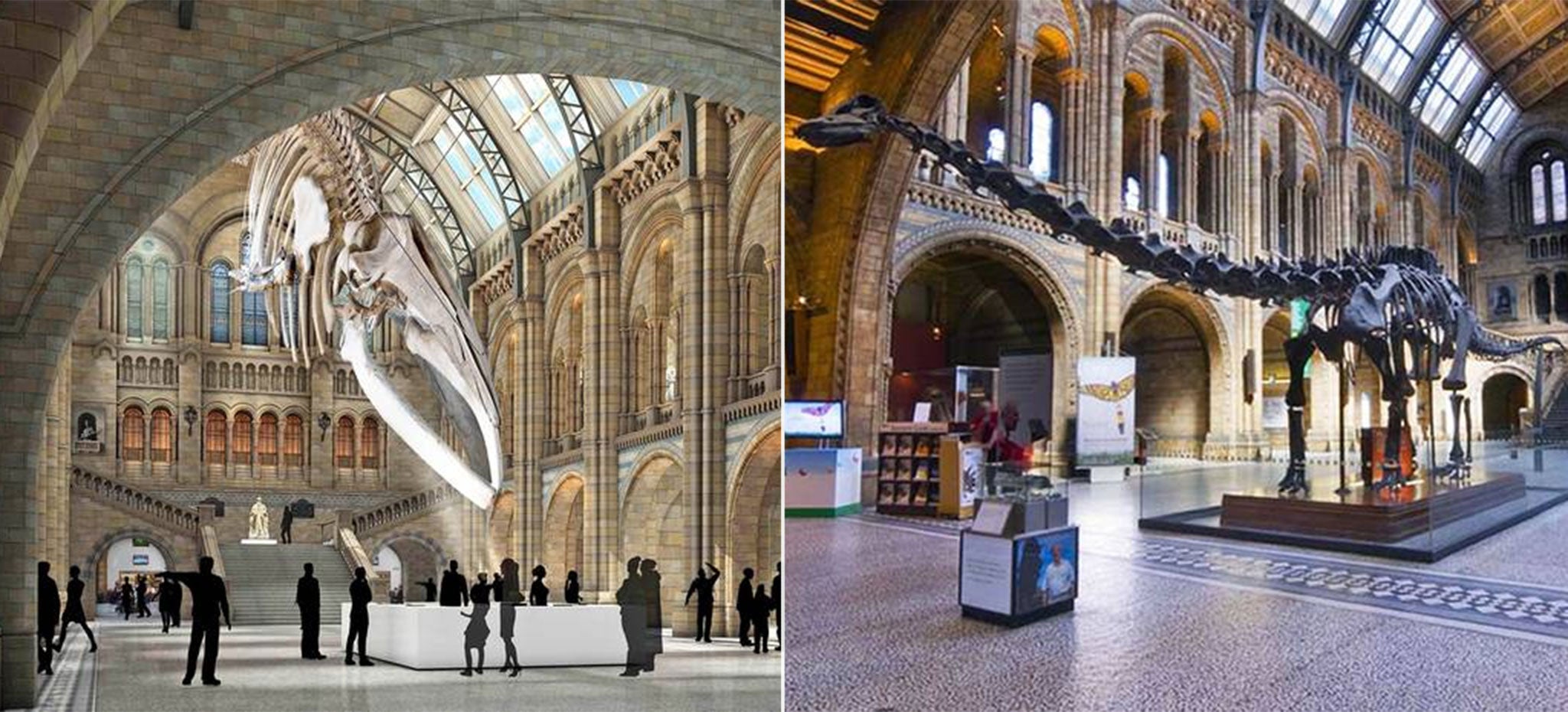Dippy the Diplodocus: The great exotic beast was the stuff of a childhood fantasy story
He fired an appetite for broader horizons, and a sense of respect and awe for a natural world

Your support helps us to tell the story
From reproductive rights to climate change to Big Tech, The Independent is on the ground when the story is developing. Whether it's investigating the financials of Elon Musk's pro-Trump PAC or producing our latest documentary, 'The A Word', which shines a light on the American women fighting for reproductive rights, we know how important it is to parse out the facts from the messaging.
At such a critical moment in US history, we need reporters on the ground. Your donation allows us to keep sending journalists to speak to both sides of the story.
The Independent is trusted by Americans across the entire political spectrum. And unlike many other quality news outlets, we choose not to lock Americans out of our reporting and analysis with paywalls. We believe quality journalism should be available to everyone, paid for by those who can afford it.
Your support makes all the difference.Is the Natural History Museum right to get rid of 'Dippy'? We asked two writers with very different opinions to give us their views. Here, Charlie Cooper says no. To read why Tom Mendelsohn says yes, click here.
I remember very well the day I first set eyes on Dippy. It was would have been the early 90s, I about seven-years-old, and on one of my first trips to London.
On the way my friend Steve’s mum raised our expectations of the city with impossible stories of trains that went underground and – most unlikely of all – a dinosaur the size of your house that was kept in the hall of the Natural History Museum.
In my head, the hall was a place between the front door and the stairs where you hung your coat, so I was pretty sure she was having us on.
But of course, she wasn’t.
So it was with a genuine, pit of the stomach sadness that I learned Dippy, after 36 years of service, is to be retired.
His place guarding the entrance of the museum will be taken up by a blue whale skeleton, suspended from the ceiling as though it were plunging into the great hall.
I must admit, it sounds terrific, and the message it sends about how we should think about nature – as a dynamic living force of which we’re part, rather than a static thing to be observed and studied – is admirable.
But alas, poor Dippy! To my seven-year-old self and to countless other children he was more than just a bunch of giant bones (or more accurately, model casts of giant bones).
The sight of this great exotic beast from another age, standing incongruously in a place that looked like a cathedral, is the stuff of a childhood fantasy story. I remember reaching out to touch the bones (when I still thought they were bones) and the thrill of thinking that I had come into direct contact with another world – one where Dippy and countless other creatures equally big, equally astounding lumbered about the place.
That was a world much more interesting than a suburban childhood, and I think it must have fired an appetite for broader horizons, and a sense of respect and awe for a natural world that stretched back so much further than I, my parents, my grandparents or the entire human race could remember – feelings that have endured to this day.
Dippy, I am relieved to say, is not going far. There are plans for a “weather-proof resin copy” of him to stand outside the museum, and he himself will be packed up for a national tour once his baleen usurper is in place.
I can’t object to either plan and I am sure the Natural History Museum – a truly magnificent institution – will go from strength to strength without Dippy.
But for my seven-year-old self, and for every seven-year-old who won’t have the opportunity to take in that perfect sight of a diplodocus standing guard over a cathedral to nature, I’m still very sad.
Join our commenting forum
Join thought-provoking conversations, follow other Independent readers and see their replies
Comments